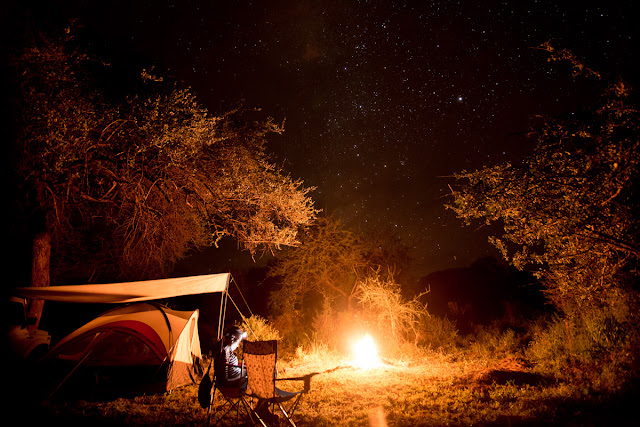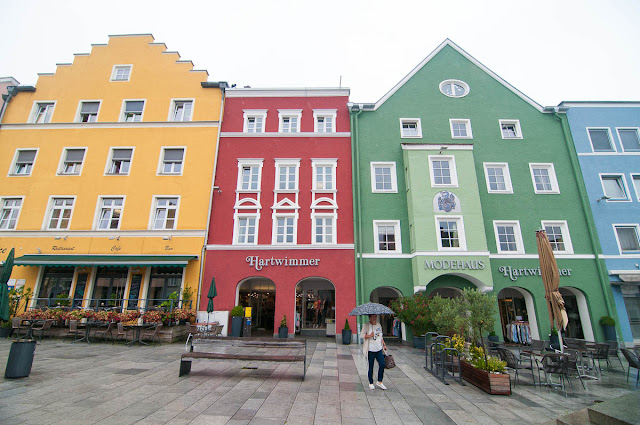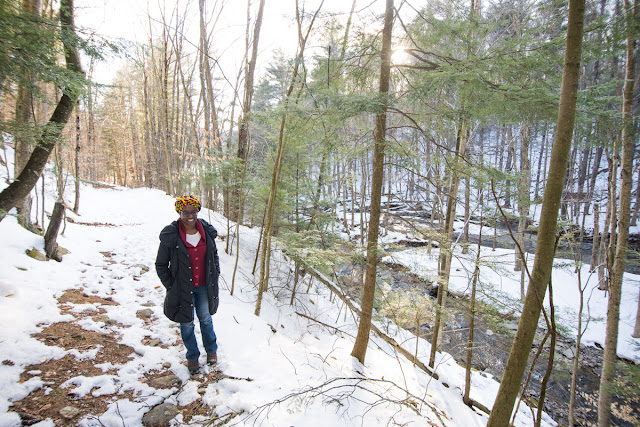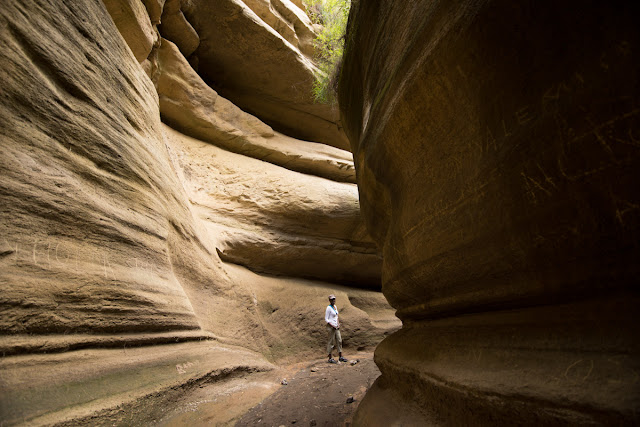thailand: the bridge over the river kwai
just to be clear, the river is not actually called kwai. but we will get back to that shortly. let us start our journey to the kanchanaburi province of thailand with a quick trip to a kind of historical park. i use the word 'historical' loosely - its a park that's brand new and custom built to show you how thailand was in the past.
it really was a pretty place, and even if it isn't an exact historical representation, it sure is an interesting place. lots of little shops cooking thai food with old fashioned ovens and implements, and everyone dressed up in old fashioned thai clothing. there was even a rather excellent band playing old instruments.
and what would a historical village in thailand be without a river market?
this one was much more peaceful than the actual river market. which is probably much more peaceful than the actual actual river market before it became a bit more touristy.
we enjoyed a lovely sunset and took lots of pictures. walking along with karina and narit, our friends who are also photographers, we could only take a few steps before one of the several huge cameras was out snapping. fifteen minutes later all the cameras would be out and we would have only moved a couple of meters.
one thing i noticed here that i would like to mention, because i think it is a characteristic of thailand as a whole: there was a group of people preparing dinner and spending a huge amount of time making it look pretty - adding flowers and shaping it to look attractive. the thais have a natural instinct for presentation and trying to make everything look good. a certain taste for aesthetics, if you will. and its quite lovely because even people who aren't rich make an effort to make their houses look attractive and put some potted plants and flowers out front. i happen to think thats just wonderful.
as the evening gets on, you can see that it's a rather attractive place.
the death railway was a railway built by the japanese in 1943 to support their troops in burma. it is a technological feat, not for any one outstanding feature, but because it is 413km through oppressively hot jungle and quite rough terrain, and built in a short period of time. the british surveyed the route in 1885, but decided it was too difficult to build.
on the other hand, like most of humans technological feats, there is a dark side. the railway was mostly built with forced labor. the exact numbers are unknown but it seems to be around 250,000 workers were brought in and many of these died due to poor work conditions. 100,000 malayan tamils (many of them lured with the promise of good work conditions and high pay) were brought in and of those 60,000 perished.
around 60,000 prisoners of war were among the workers, of which around 16,000 died. hence the name 'death railway'. it's a strange feeling to walk around now on the idyllic surroundings and imagine the terrible things that happened there decades ago.
the railway has over 600(!) bridges. many of them are like this one - built out of wood.
the railway follows the valley of the khwae noe river. the allied prisoners of war mispronounced it as 'kwai' hence the name the 'river kwai.'
sometimes we just cannot help ourselves!
this brings us nicely to 'the bridge over the river kwai'. this was a book and subsequent movie that won 8 academy awards and a bunch more other awards as well. it's before my time (1957), and is fiction, but is loosely based on the building of this railway and the bridge you see below. this is the actual bridge built by the japanese in 1943.
ironically, at this point the river khwae noe actually has drained into the mae khlong river, so the bridge over the river kwai is actually the bridge over the mae khlong.
one of the worst places during the building was the 'hellfire pass'. now there is a memorial at the location with a beautiful garden.
the hellfire pass was a location where the railway line was cut out of hard rock. it was one of the hardest, and deadliest sections for the workers. most of the work was done by hand. the death toll was extremely high during the 6 weeks it took to cut the pass.
a final interesting story to leave you with. when filming the movie, the climax is the blowing up of the bridge. (in real life, the middle section of the bridge was actually blown up, though by aircraft bombing rather than sabotage.) so they built a fake bridge, and blew it up, being careful to film this one time event from as many angles as possible. then they packed all the film into a container and shipped it back to england for editing by airfreight. but the container got lost. a frantic worldwide search ensued, and it was finally discovered sitting on hot tarmac in cairo. fortunately the heat did not damage the precious film, and the movie was salvaged.





















